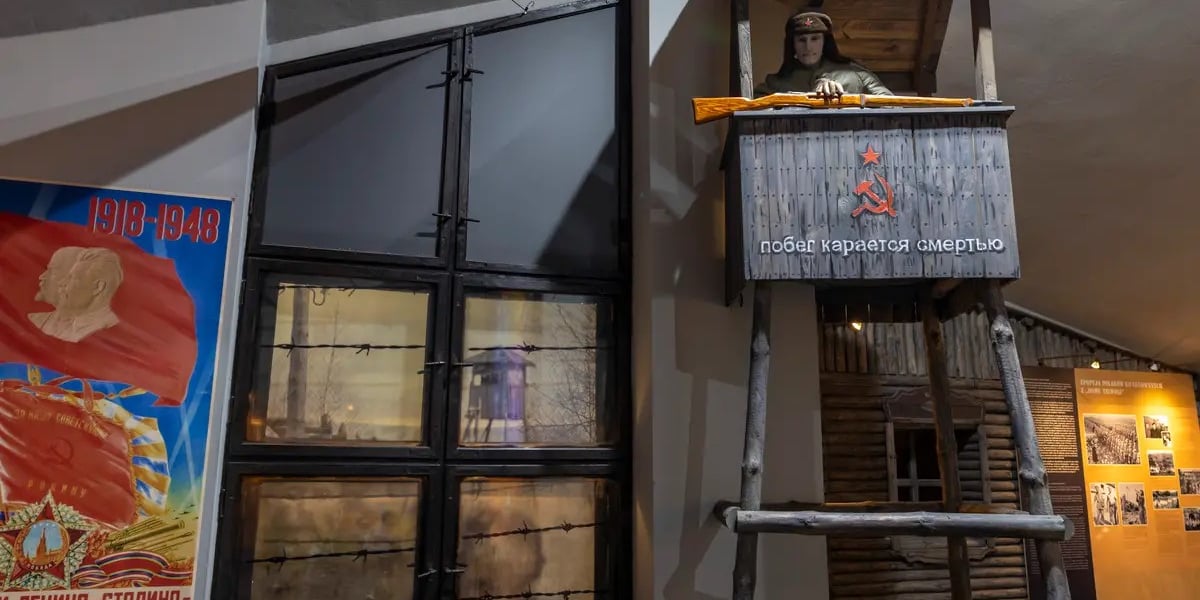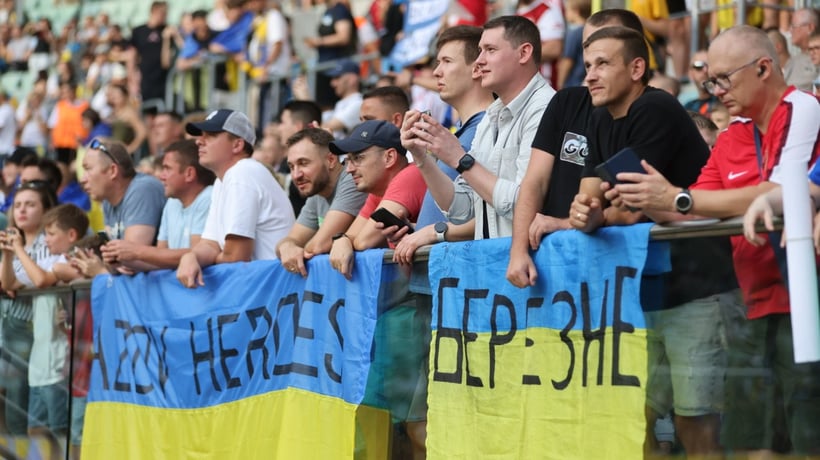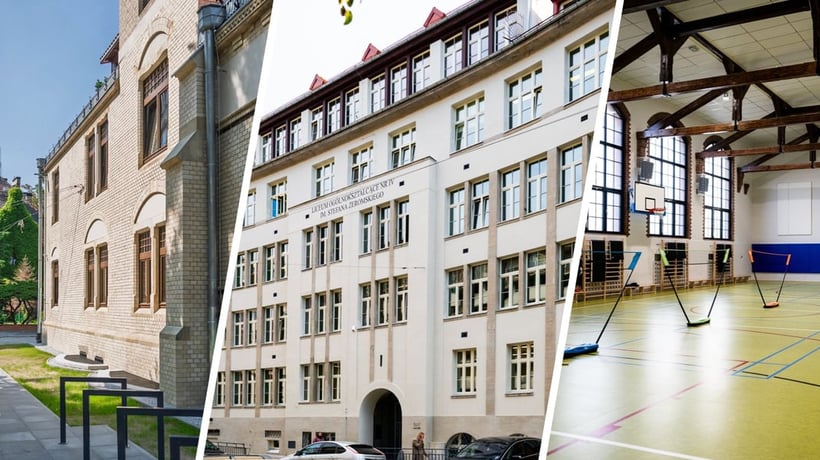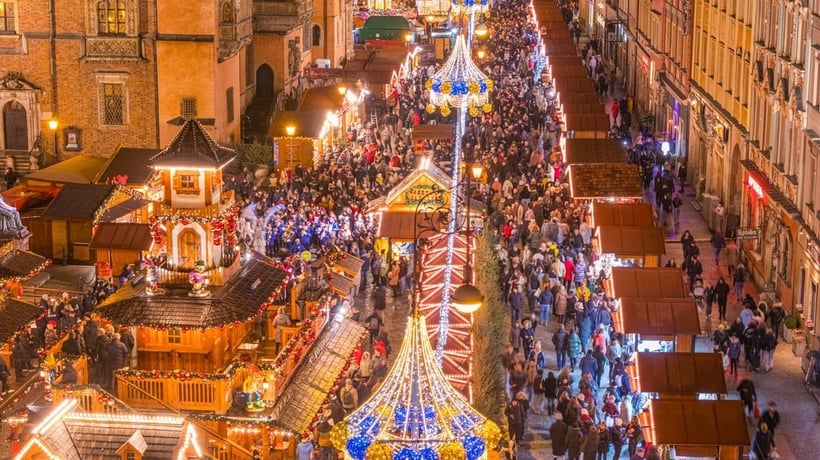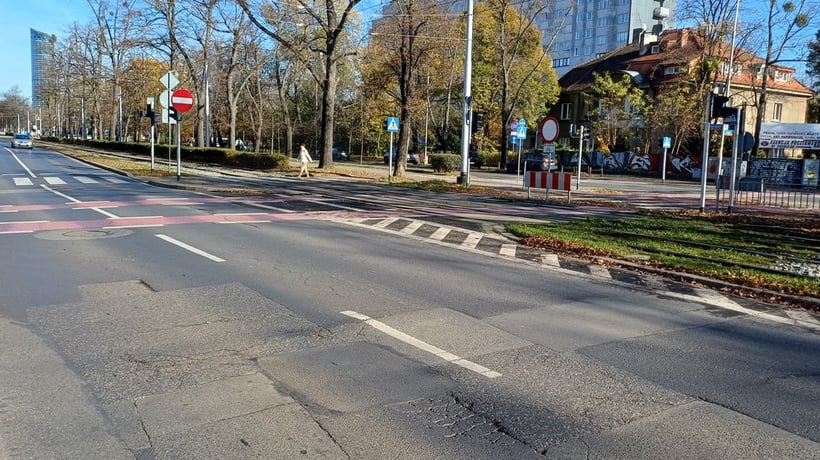These people were forcibly torn away from their homes and forced to travel in inhuman conditions for weeks, to live in a horrible climate in the foreign land and to work beyond their strength under the supervision of ruthless guards.
The recurring motifs of the stories of Siberia are: ‘fight for survival’, ‘inhuman conditions,’ 'everyday heroism’, ‘the mother’s fight for her children’s life’ or the ‘dream of return to the homeland’. The story of Siberia created in the shrine of the Golgotha of the East at the Monastery of the Redemptorists is presented in such a way that present-day visitors could learn as much as possible about the political circumstances in which deportations to Siberia took place and in which the history was falsified after the war until 1989.
But the most valuable things are documents, photographs and memories that help us know how the Siberia deportees lived and got by.
The exhibition will be available to visitors from 23rd January till 30th September 2022. Entrance is free.
Some researchers believe that Stephen Báthory’s soldiers (captured during the wars with Moscow) were the first Siberian exiles, although the biggest deportations obviously started as a result of national liberation uprisings.
As many as 20,000 people (including 1,000 officers) were sent deep into Russia after the November Uprising (at the same time, 20,000 young men were forcibly conscripted into correctional arrest companies), and the number of deportees to Siberia reached up to 24,000 (in addition, they went there with many family members, particularly wives). Importantly, 200,000–300,000 young Poles were forcibly drafted into the Tsarist army in the period between the uprisings.
However, nothing can be compared to large-scale deportations planned and carried out by the Soviets in 1940–1941. According to some historians, this number can be estimated even at one million (or certainly 800,000). The first transport set out to Siberia on 10th February 1940, and the decision to murder all Polish officers in Soviet POW camps was made a month later (executions started in April 1940).
Not everyone knows that there were many families of Polish POWs in trains going to the East in February; allowing the imprisoned officers to write letters home, the Soviets created a database of addresses and their repressions soon affected also wives, children and other relatives of Polish officers.
It is difficult to estimate how many Siberian deportees arrived in Poland after the war. Their number may have reached 400,000–450,000. Up to 40,000 Siberians settled in Lower Silesia upon their return to the homeland.
The current exhibition is not only the outcome of the co-operation between the Siberian Deportees’ Association and the Zajezdnia History Centre, which arranged the space of the Shrine of the Golgotha of the East at the Monastery of the Redemptorists at ul. Wittiga 10 in a modern and comprehensible manner. It is primarily the consistent long-year work of the Siberian Deportees’ Association, which was restored thanks to the effort of journalist Urszula Lubecka in 1988.
In the still communist reality, the interest in joining the Siberian deportees’ environment was enormous. Instead of several guests, the meeting attracted over 500 persons. Lacking support from the then authorities, the Siberian deportees found their guardian in Father Stanisław Golec – a redemptorist.
Thanks to his efforts, the Monastery of the Redemptorists at ul. Wittiga 10 in Wroclaw became the seat of the Shrine of the Golgotha of the East and the Memorial Chamber as a place for the collection of invaluable souvenirs brought by deportees from Siberia and kept in family archives for years. Father Golec and the deportees bought the glass cases and exhibited their collections there. Today, this space has been finely adapted for the needs of the Golgotha of the East exhibition.
